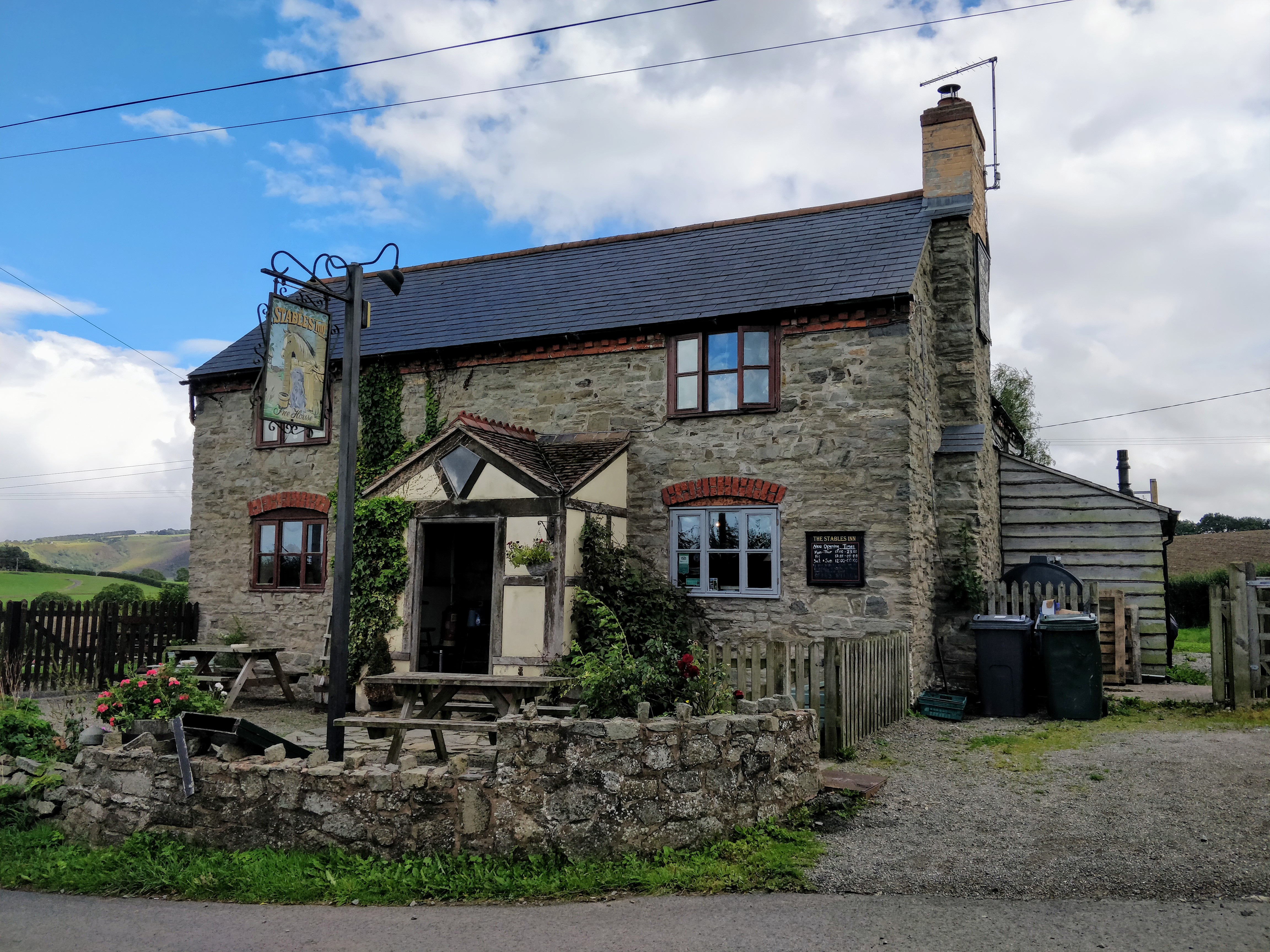Remembering and recording Shropshire’s rural pubs heritage
As pubs all over Shropshire reopen their doors, a new heritage project has been launched to record information about the county’s historic hostelries.
Over the next nine months the team at TDR Heritage will be traveling up and down the Shropshire countryside recording information about a selection of old, rural pub buildings for the Inn Sites project.
These buildings have always been an important feature of Shropshire’s everyday life, as well as being a draw to tourists and contributing to the local economy. The project will help to celebrate that legacy by investigating their past, through the buildings themselves, and the people that use them.

The early 18th century Stables Inn (formerly Hopesgate Inn), Hopesgate, South Shropshire © Giles Carey
The project hopes to record information about the age of these rural pubs and how much they have changed over the years. The team will also be collecting and sharing local stories and memories connected to these much-loved community hubs, including a weekly heritage pub quiz on the project’s Facebook page.
In September, the team will be hosting a free training day in Bridgnorth, Wem and Bishop’s Castle for people interested in learning more about how to explore local history, and the project is working with a documentary photographer to offer young people a chance to learn new digital skills while exploring pub heritage.
The project is also funding a training placement for an early career heritage consultant to give them on-the-job experience of assessing and recording historic buildings.
At the end of the project all the information collected will be shared with Shropshire Archives and become part of Shropshire’s Historic Environment Record (HER), the database of information about the county’s heritage held by Shropshire Council’s historic environment team.
Vicky Hunns, Historic Building Consultant at TDR Heritage, said:
“We’re all rooting for our local pubs at the moment, but are also aware of the number of closures that have affected these important heritage assets in recent years.
“Our project is focusing on pubs which are not Listed or in a conservation area, and whilst they may not be ‘at risk’ now, their historic importance is not necessarily flagged if they are the subject of a planning application for alteration, change of use or demolition.
“Our work will make sure that Shropshire Council has a record for each of these ‘rural and undesignated’ pubs to help them understand their significance.”
Gwendolen Powell, engagement specialist, added:
“We also know that the fabric of the building is just part of its story, so our team will be working with local communities and interest groups to gather memories which will add to our understanding of the ‘significance’ of these pubs in the widest sense.”
If you have a pub heritage story to share, or want to follow this heritage pub crawl, the TDR Heritage team would love to hear from you! Find the project on Facebook @InnSites
Notes for editors
TDR Heritage Ltd is an independent heritage consultancy specialising in understanding, conserving, and reusing historic buildings and connecting people with their places.
The Inn Sites project is funded by Historic England with advice and information support from Shropshire Council.
Historic England is also funding a project to survey pubs on the Lincolnshire coast: Inns on the Edge. The two projects will work together to share resources and experiences of this type of survey work and will be reporting back to a group of representatives from the brewing and publican industry about their findings.
Historic mapping shows that around 140 years ago, 247 undesignated rural buildings were public houses, inns, hotels or ale houses. In March 2021, 168 were still licensed pubs and 128 of these were classified as ‘rural’.
The project is focusing on ‘rural and undesignated pubs’ which excludes pubs that are in the 127 conservation areas in Shropshire, as well as the 327 listed buildings in the county that are recorded as having been public houses, inns, hotels or ale houses.

